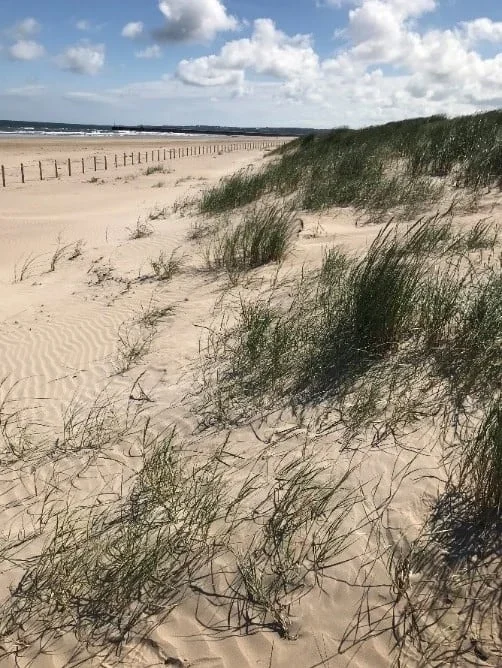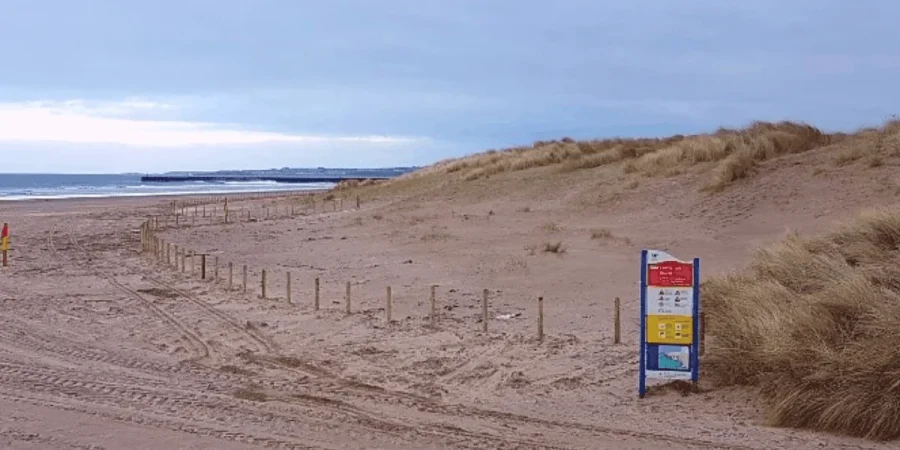The Bann Estuary ASSI/SAC (Areas of Special Scientific Interest/Special Areas of Conservation) includes a series of sand dune systems, and other special habitats along the final section of the River Bann. These have evolved over the last 6000 years, and as a result they have been used to understand the history of sea levels after the last Ice Age, and are home to dynamic habitats, and rare species. There are three sand dune systems within Bann Estuary; Portstewart dunes, behind Portstewart Strand, is the largest system, Grangemore dunes on the other side of the River Bann and Castlerock dunes, behind Castlerock Beach.
A habitat under threat
Twelve years ago the fragile sand dune ecosystems within Bann Estuary were assessed as being under serious threat; many hectares of the site were being invaded and enclosed by large thickets of non-native Sea Buckthorn. NIEAs Management of Sensitive Sites (MOSS) Programme, in partnership with The National Trust, Portstewart Golf Club and Causeway Coast and Glens Borough Council have cleared in excess of 7 hectares of Sea Buckthorn since 2016.
The National Trust have also successfully introduced cattle onto the Portstewart dunes and Salt Marsh areas. As part of a number of phases of work since 2009, contractors working on behalf of NIEA have installed many kilometres of stock proof fencing, cattle water troughs, gates and stiles. This facilitates conservation grazing in the winter across approximately 47 hectares, and ensures public access to these areas remains.
Coastal erosion and human impact
In recent years the embryo dunes on the site have been damaged by coastal erosion and recreational pressures. NIEAs MOSS programme also looks for innovative conservation methods to help restore habitats, which lead to the installation of over 2km of wooden post fencing along the Portstewart Strand and Castlerock Beach between the winter of 2016 and Spring of 2019.
This fencing, which can be coupled with rope, has allowed the embryonic dunes to extend seawards, providing the site with more natural and effective fortification from coastal erosion. This is important, considering future challenges with stronger and more frequent storms likely due to climate change and sea level rise.

Learn more about what Northern Ireland is doing to become "Nature Positive" and combat biodiversity decline
The Northern Ireland Environment Agency (NIEA) is one of 5 UK statutory nature agencies to produce a joint Nature Positive 2030 Report, published on 22nd September 2021.
The Nature Positive 2030 Report sets out how the UK can meet its commitments in the Leaders’ Pledge for Nature, and ensure that nature’s recovery plays a critical role in our path to Net Zero.
Multi-award winning author and naturalist from Northern Ireland, Dara McAnulty explains why we need to act now to tackle biodiversity loss and climate change.



